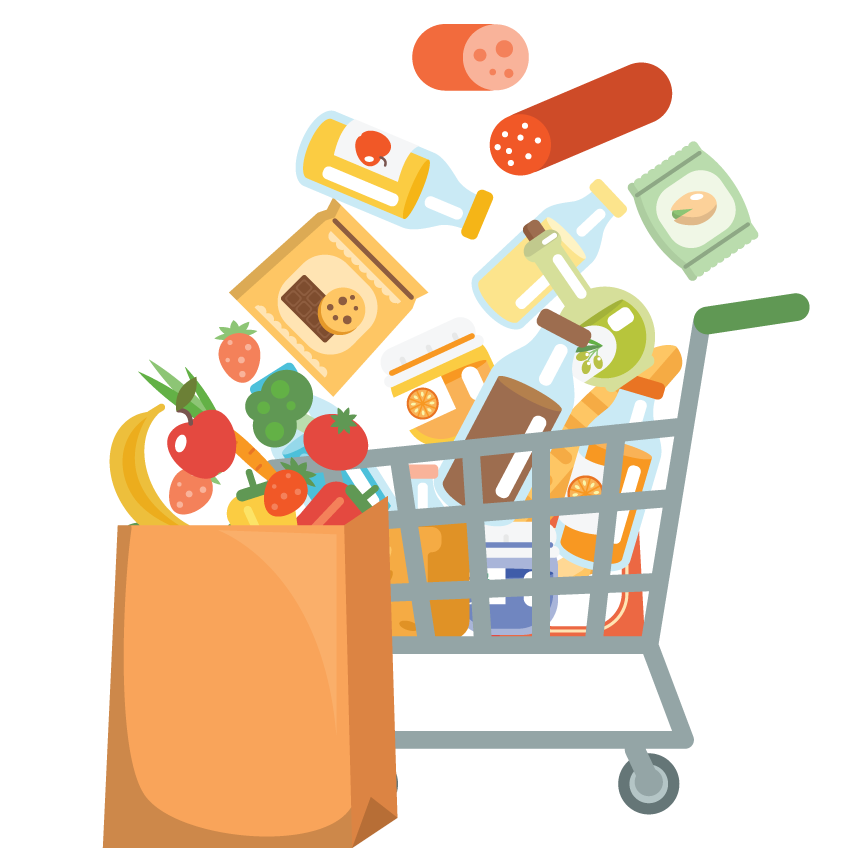Community Liaison | Blog
How Hamper Eligibility Is Determined

The Calgary Food Bank distributes approximately 400 food hampers to households experiencing food insecurity and processes over 500 requests for emergency food hampers each day. How do we manage such a high need for emergency food support? How can we use our position to inform and advocate for government policy changes that reduce barriers to food insecurity?
Each time a household requests a food hamper, we ask them to tell us a bit about the situation that has led them to phone the Calgary Food Bank, as well as their income and expenses. By collecting this information, we can see patterns and trends in the collective financial situation of our clients, allowing us to better understand where there are barriers in the system that are preventing people from affording food themselves.
Most people access the Calgary Food Bank 1-3 times in their lifetime. However, there are households who access the Calgary Food Bank more regularly and on a long-term basis. Often times, these folks are receiving a fixed government benefit or a temporary form of social assistance, such as the Assured Income for the Severely Handicapped (AISH), Alberta Works, or more recently, the Canadian Response Benefit, in response to the COVID-19 pandemic.
The average Calgarian spends 50% of their income
on housing, transportation, and food combined.
The average person accessing the Calgary Food Bank spends
64% of their $1415 monthly income on
housing alone.
It’s true that we have a set of eligibility criteria but that doesn’t mean it’s difficult to receive an emergency food hamper. Last year only 0.35% (389 of 112, 349 hampers) of requests were denied and the majority of those contained errors when self-referring online. 303 of the 389 denied requests were refused because the household was over the income threshold. But 61% resubmitted their request, and 90% were approved. Our income threshold is based on the City of Calgary Fair Entry Program’s low-income cut-off, which is updated annually and best reflects the economic situation unique to Calgary.
The expenses that we consider align with Statistics Canada, other non-profit eligibility thresholds, and basic income calculations.
They include rent/mortgage, utilities, phone, internet, medical expenses, childcare, child support, and transportation.
We also understand that households might encounter exceptional, emergency, or unplanned costs. We also know that it is not always easy to reach out and ask for help. In situations where a household is over our income threshold, we review any additional expenses they might have incurred, such as fixing a household appliance, buying new winter clothes, or paying a lump sum of car insurance.
Through a thorough, intentional collection of income and expenses, we can ensure that we’re providing food support to those experiencing food insecurity. Our research team also takes this information to identify patterns and compare with financial trends we’re seeing in society. Understanding the barriers to food security allows us to inform and improve our programming, as well as contribute our data to inform social policy to reduce these barriers.
